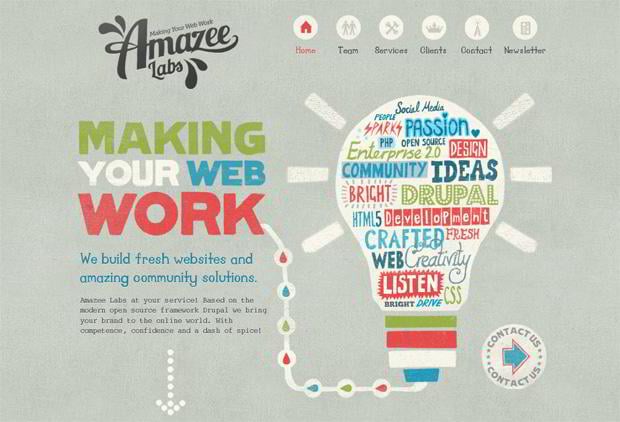Website Design Basics: Tips For Building A User-Friendly Site
Website Design Basics: Tips For Building A User-Friendly Site
Blog Article
Web Content Create By-Abildtrup Thorpe
When it involves internet site design, making sure user-friendliness is essential. From website design and development to streamlined navigation, every element plays a critical duty in producing a site that deals with your audience's requirements. Yet what about the finer details that can make or damage an individual's surfing experience? Remain tuned as we reveal some often-overlooked pointers that can raise your internet site's functionality to the next level, making it truly stand out in the digital landscape.
Value of Responsive Layout
Responsive design is an important facet of contemporary website development. Guaranteeing your website is responsive means that it can adjust to different display dimensions and devices, giving a smooth experience for customers.
With the raising use smart devices and tablet computers to access the web, having a responsive design is vital for reaching a broader target market. It aids in enhancing individual experience by making your internet site very easy to navigate and read on any type of device.
In addition, receptive design can favorably affect your internet search engine rankings, as search engines like Google prioritize mobile-friendly internet sites. By having a receptive design, you're also future-proofing your website, as new gadgets with varying screen dimensions continue to emerge.
Simplify Navigation Structure
To enhance individual experience and promote easy access to details on your web site, enhancing the navigating framework is critical. When designing your website, focus on creating a clear and intuitive navigating menu that aids site visitors discover what they're seeking quickly.
Limit the variety of food selection items to the basics, grouping related pages with each other to prevent frustrating individuals. Use descriptive labels that clearly indicate the material of each page, making it simpler for individuals to comprehend where each link will take them.
Think about applying dropdown food selections for subcategories to stop jumbling the main navigation bar. Furthermore, include a search bar prominently on the page for users that like looking for specific details.
Focus on mobile responsiveness in your navigation design to ensure simple gain access to on all tools.
Enhance Page Load Rate
Improving page tons rate is essential for keeping visitors on your internet site. Slow-loading web pages irritate individuals and can lead to high bounce rates. To maximize page lots speed, begin by optimizing images. Compress photos without jeopardizing high quality to decrease their file sizes.
Additionally, make it possible for internet browser caching to keep frequently accessed sources in your area, accelerating lots times for returning visitors. Minify CSS, JavaScript, and HTML data by getting rid of unneeded characters, remarks, and format, improving lots speed.
Take into consideration using a web content delivery network (CDN) to disperse your web site's web content across several servers worldwide, decreasing latency for users accessing your website from various places. Finally, limit https://email-marketing-analytics06283.blogdun.com/31740994/transform-your-organization-with-impactful-seo-approaches of third-party scripts and plugins, as they can dramatically impact lots times.
Conclusion
In conclusion, by incorporating receptive design, simplifying navigating, and enhancing web page load speed, you can produce an easy to use website that appeals to a bigger audience and improves user experience. These essential elements make sure that visitors can conveniently gain access to and navigate your website throughout different devices, resulting in increased interaction and satisfaction. By concentrating on these vital aspects, you can build an effective internet site that keeps users coming back for more.
